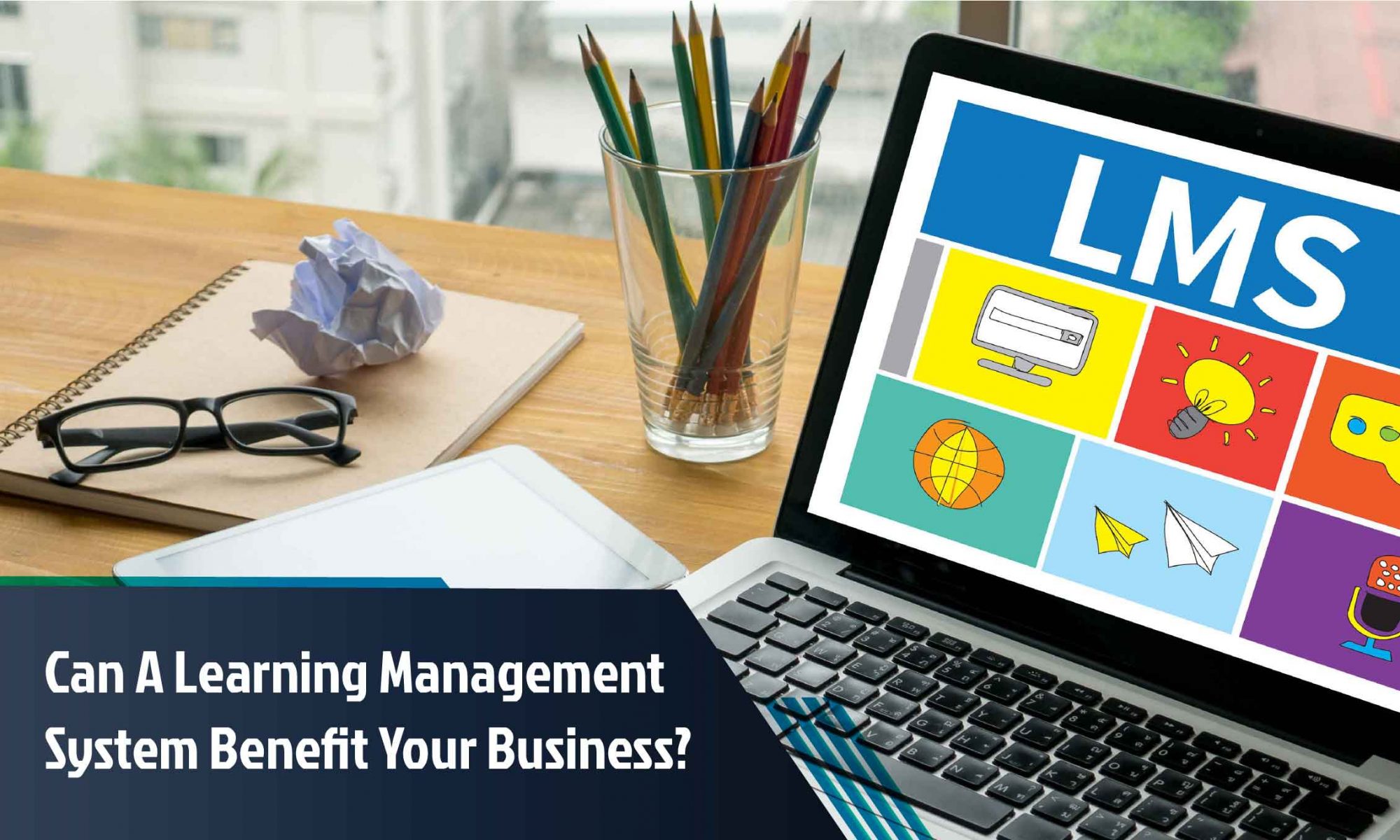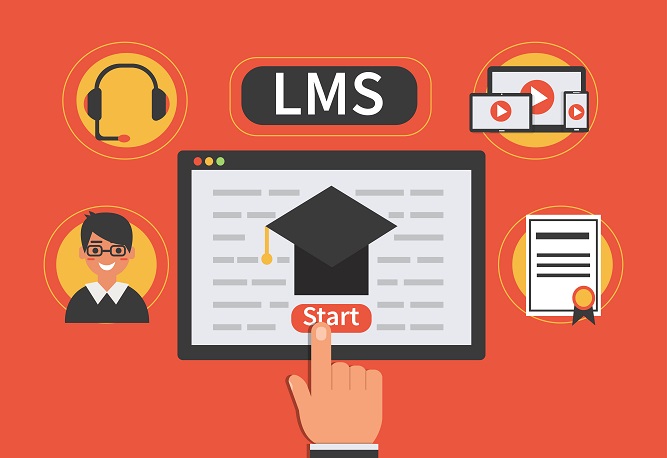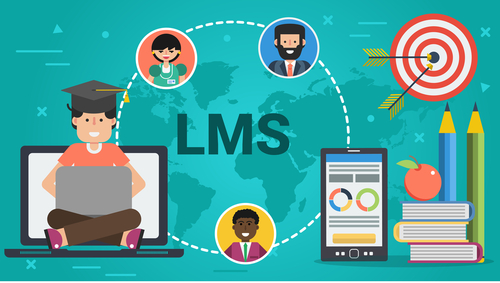Top Considerations While Developing a Mobile-First LMS
Mobile technology is being used and applied in every business sector and the use of mobile devices is on an all-time rise. It has become necessary for the organizations to ensure that the applications and systems are compatible with the mobile devices. There are several techniques followed for this purpose and mobile-first is one such approach. Mobile first is a design approach in which the website or an application is designed for the mobile platforms first. It may then be scaled up for desktop and other larger devices.
Learning Management System (LMS) is defined as a software application used to plan, implement, track, report, assess and deliver a particular learning process. There are several learning management systems that are available in the market. The business units need to enhance and provide the mobile-based learning for their employees and stakeholders. These learning systems are also high on demand in the educational institutions. A “mobile first” design approach should be followed for such LMSs and there are a set of key considerations to be incorporated.
-
Multi-Device
Mobile devices do not refer to the Smartphones only. There are numerous other mobile devices, such as tablets, Personal Digital Assistants (PDAs) etc. that must be considered while designing the Learning Management Solutions using mobile-first approach.
-
Responsive Design
The design of the learning management system needs to be responsive to attain maximum user satisfaction. It will allow the system to have excellent performance on a wide range of devices and make the activities associated with maintenance and development easier.
-
Performance v/s Content
There is a limited screen space on the mobile devices that take away the freedom to put additional content on the screen, unlike desktop applications. The designers must ensure that only the salient information is present on the screens of the LMS. The designer must keep a balance between the content and the performance of the system layout, navigation, scrolling, and usability.
-
Acceptance & Change Management
The demand of the market and customers is to access the websites and applications on the mobile platforms. The business units must accept this change and make sure that they fulfill the user demands and expectations accordingly. A majority of the users prefer m-learning instead of desktop-based learning systems. It is essential to understand the difference in the design principles and methodologies between the two platforms.
-
Sequential Screening
There may be scenarios wherein the users may switch between the mobile devices while accessing the same LMS. These devices may vary in terms of screen size and resolution. The LMSs’ backend must be capable of adapting to such transitions without any adverse impact on the performance and network connectivity. For instance, an employee may access a particular LMS on an Android-based tablet provided by the organization. The same employee may choose to access the system on the personal iPhone after office hours.
-
Integration with Latest Technologies
Learning Management Systems need to use data in unified and cohesive manner. There are Big Data applications developed for better organization and management of the data sets. LMS developed with mobile-first approach should have the ability to be integrated with external tools and applications, such as Big Data and Business Intelligence tools. Security is also one of the prime areas of concern for the mobile-based applications. There are security tools, such as anti-malware tools, intrusion detection tools, and anti-denial tools etc. developed for enhancement of security. LMS needs to be capable of being integrated with such tools and applications.
Mobile applications and websites have succeeded in gaining a lot of popularity among the users. The learning management systems developed by the business units and educational institutes must also consider and abide by the shift in the user expectations. There are many differences between the desktop based applications and the ones designed for mobile platforms. These considerations in terms of screen size, layout, design principles, set of priorities, integration, compatibility (with other tools) and security features must reflect in the final design. There are certain system qualities provided with a higher priority in LMSs designed with a mobile-first approach. These qualities include application performance, usability, security, availability, and reliability.
Stay up to date on what's new

Recommended Posts

06 Apr 2021 Education Healthcare
Demystifying 5 Common Misconceptions about AR and VR in eLearning
Top 5 Misconceptions about AR and VR in eLearning In this tech-savvy era, computer-based realities are a new way to perceive a surrounding. Two of the most trending reality technologies……

22 Jul 2020 Education
Prepare for the Future of Digital Innovation with these 10 Services From Fingent
10 Services Offered by Fingent to Prepare Your Business for the Future of Digital Innovation Introduction Robotic Process Automation Business Continuity Planning Contactless Services Custom LMS | eLearning Business Process……

28 Sep 2019 Education
Learning Management System: Why Your Business Needs It?
Top 6 Reasons Why Implementing LMS Is Crucial for Your Business With the rise of technology implementation in various business processes, the LMS market is forecasted to reach USD 22.4……

11 May 2018 Education
Ways to reduce L&D cost in your organization
Businesses increasingly rely on the capabilities of their workforce to gain an edge over the competition in the complex business landscape. Pressure on Internal Learning & Development teams have increased……
Featured Blogs
Stay up to date on
what's new






















































